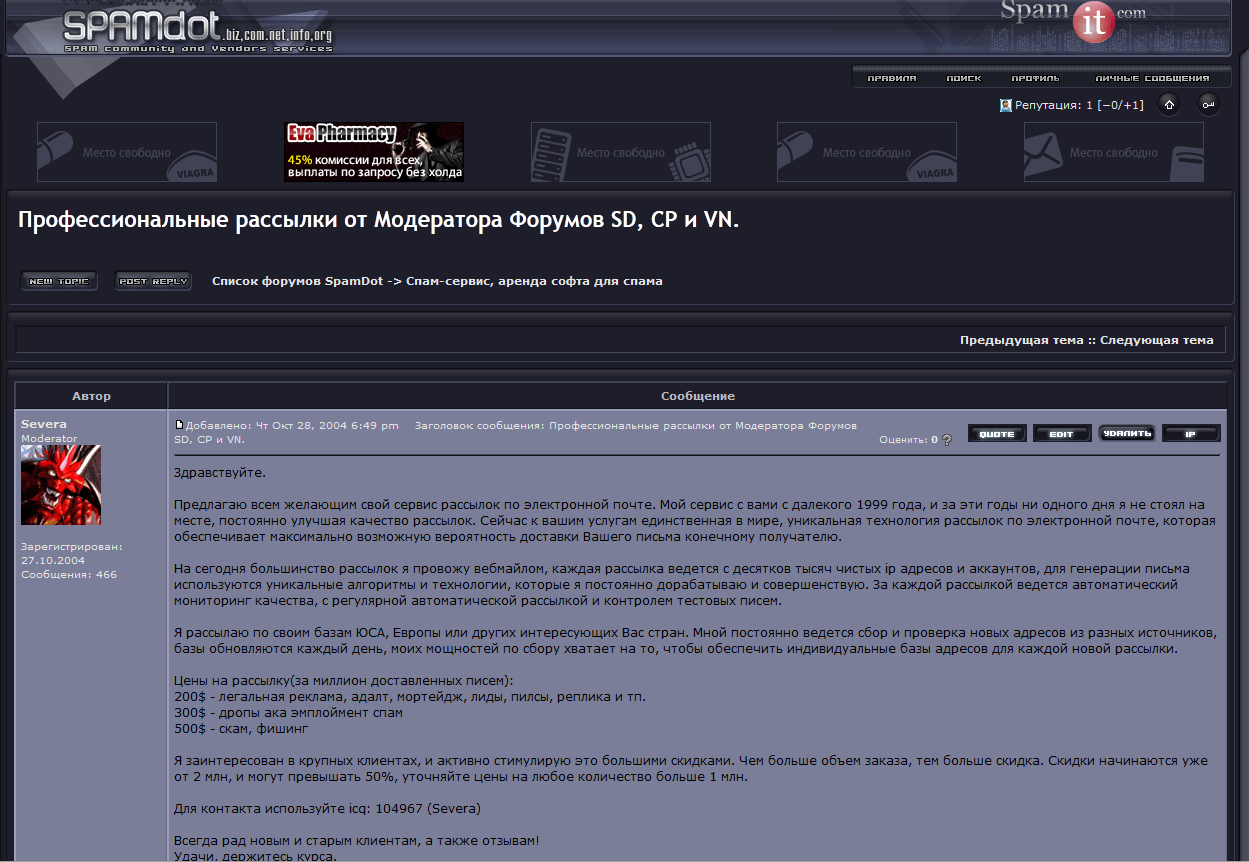Ethos picks up $100M at a $2.7B+ valuation for a big data platform to improve life insurance accessibility
More than half of the U.S. population has stayed away from considering life insurance because they believe it’s probably too expensive, and the most common way to buy it today is in person. A startup that’s built a platform that aims to break down those conventions and democratize the process by making life insurance (and the benefits of it) more accessible is today announcing significant funding to fuel its rapidly growing business.
Ethos, which uses more than 300,000 data points online to determine a person’s eligibility for life insurance policies, which are offered as either term or whole life packages starting at $8/month, has picked up $100 million from a single investor, SoftBank Vision Fund 2. Peter Colis, Ethos’s CEO and co-founder, said that the funding brings the startup’s valuation to over $2.7 billion.
This is a quick jump for the company: It was only two months ago that Ethos picked up a $200 million equity round at a valuation of just over $2 billion.
It has now raised $400 million to date and has amassed a very illustrious group of backers. In addition to SoftBank they include General Catalyst, Sequoia Capital, Accel, GV, Jay-Z’s Roc Nation, Glade Brook Capital Partners, Will Smith and Robert Downey Jr.
This latest injection of funding — which will be used to hire more people and continue to expand its product set into adjacent areas of insurance like critical illness coverage — was unsolicited, Colis said, but comes on the heels of very rapid growth.
Ethos — which is sold currently only in the U.S. across 49 states — has seen both revenues and user numbers grow by over 500% compared to a year ago, and it’s on track to issue some $20 billion in life insurance coverage this year. And it is approaching $100 million in annualized growth profit. Ethos itself is not yet profitable, Colis said.
There are a couple of trends going on that speak to a wide opportunity for Ethos at the moment.
The first of these is the current market climate: Globally we are still battling the COVID-19 global health pandemic, and one impact of that — in particular given how COVID-19 has not spared any age group or demographic — has been more awareness of our mortality. That inevitably leads at least some part of the population to considering something like life insurance coverage that might not have thought about it previously.
However, Colis is a little skeptical on the lasting impact of that particular trend. “We saw an initial surge of demand in the COVID period, but then it regressed back to normal,” he said in an interview. Those who were more inclined to think about life insurance around COVID-19 might have come around to considering it regardless: It was being driven, he said, by those with pre-existing health conditions going into the pandemic.
That, interestingly, brings up the second trend, which goes beyond our present circumstances, and Colis believes will have the more lasting impact.
While there have been a number of startups, and even incumbent providers, looking to rethink other areas of insurance such as car, health and property coverage, life insurance has been relatively untouched, especially in some markets like the U.S. Traditionally, someone taking out life insurance goes through a long vetting process, which is not all carried out online and can involve medical examinations and more, and yes, it can be expensive: The stereotype you might best know is that only wealthier people take out life insurance policies.
Much like companies in fintech that have rethought how loan applications (and payback terms) can be rethought and evaluated afresh using big data — pulling in a new range of information to form a picture of the applicant and the likelihood of default or not — Ethos is among the companies that is applying that same concept to a different problem. The end result is a much faster turnaround for applications, a considerably cheaper and more flexible offer (term life insurance lasts only as long as a person pays for it), and generally a lot more accessibility for everyone potentially interested. That pool of data is growing all the time.
“Every month, we get more intelligent,” said Colis.
There is also the matter of what Ethos is actually selling. The company itself is not an insurance provider but an “insuretech” — similar to how neobanks use APIs to integrate banking services that have been built by others, which they then wrap with their own customer service, personalization and more — Ethos integrates with third-party insurance underwriters, providing customer service, more efficient onboarding (no in-person medical exams for example) and personalization (both in packages and pricing) around them. Given how staid and hard it is to get more traditional policies, it’s essentially meant completely open water for Ethos in terms of finding and securing new customers.
Ethos’s rise comes at a time when we are seeing other startups approaching and rethinking life insurance also in the U.S. and further afield. Last week, YuLife in the U.K. raised a big round to further build out its own take on life insurance, which is to sell policies that are linked to an individual’s own health and wellness practices — the idea being that this will make you happier and give more reason to pay for a policy that otherwise feels like some dormant investment; but also that it could help you live longer (Sproutt is another also looking at how to emphasize the “life” aspect of life insurance). Others like DeadHappy and BIMA are, like Ethos, rethinking accessibility of life insurance for a wider set of demographics.
There are some signs that Ethos is catching on with its mission to expand that pool, not just grow business among the kind of users who might have already been considering and would have taken out life insurance policies. The startup said that more than 40% of its new policy holders in the first half of 2021 had incomes of $60,000 or less, and nearly 40% of new policy holders were under the age of 40. The professions of those customers also speak to that democratization: The top five occupations, it said, were homemaker, insurance agent, business owner, teacher and registered nurse.
That traction is likely one reason why SoftBank came knocking.
“Ethos is leveraging data and its vertically integrated tech stack to fundamentally transform life insurance in the U.S.,” said Munish Varma, managing partner at SoftBank Investment Advisers, in a statement. “Through a fast and user-friendly online application process, the company can accurately underwrite and insure a broad segment of customers quickly. We are excited to partner with Peter Colis and the exceptional team at Ethos.”
![]()







 (Storyline Active Response)
(Storyline Active Response)